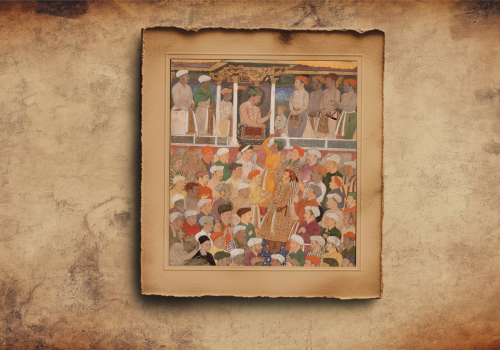In the States, he came in contact with revolutionaries such as Bhai Sohan Singh Bhakna, BhaiJavala Singh and Sant Vasakha Singh, who helped him in securing a job in a lumber mill in Oregon State. Udham Singh was soon drawn into the Ghadr movement. When the Ghadr leaders decided to return to India to raise an armed revolt Udham Singh was appointed one of the “generals” for imparting military training to the volunteers. On his way back home, he visited Canton and Penang to purchase arms. On reaching India on board the Tosha Maru, he was arrested and sent to Multanjail.
He was tried in what is known as the first Lahore conspiracy case and was sentenced to transportation for life. Udham Singh was sent to the Andamans and later to Coimbatore. In 1921, he escaped from jail and, after many a hairraising adventure, reached the Punjab from where he went on to Kabul. In Kabul, he set up the Khalsa Diwan and sought the Afghan king`s permission for Sikhs to assemble in religious congregation at Gurdwara Chashma Sahib, sacred to Guru Nanak, about 10 km from Jalalabad. He used to make visits to Amritsar on the Baisakhi festival incognito.
He remained in touch with Akali leaders such as Teja Singh Samundri and Master Tara Singh and advocated the formation of a secret society of Sikhs under the auspices of the Shiromani Akali Dal. On 20 January 1926, he was, while returning to Kabul from one of his visits to Amritsar, waylaid by two Pathans and murdered. The Pathans were boycotted by their community when they heard stories of the revolutionary career of Udham Singh.
References :
1. JasJaswant Singh, Desh Bhagat-Babe. Jalandhar, 1975
2. Deol, Gurdev Singh, Ghadar Parti ate Bharat da QaumI Andolan. Amritsar, 1970
3. Jagjit. Singh, Ghadar Parti Lahir. Delhi, 1979
4. Sainsara, Gurcharan Singh, Ghadar Parti da Jtihas.Jalandhar, 1969 S.S.J.


